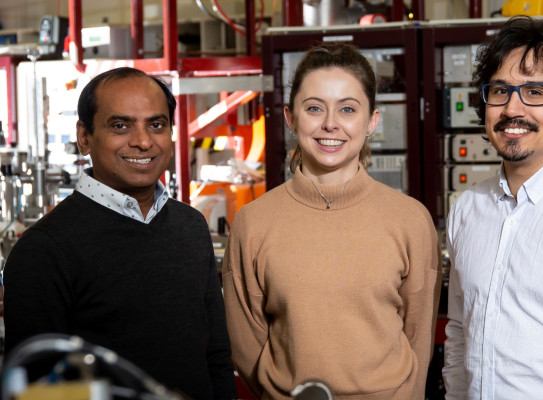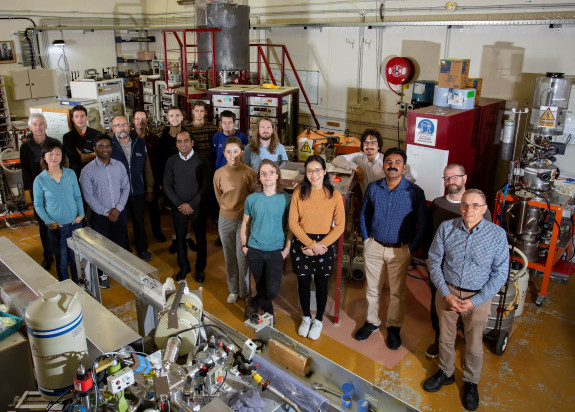Additional green hydrogen investment powers up New Zealand’s energy future

A major new investment in New Zealand’s energy future could transform the way we produce, use and store energy.
GNS Science is leading a team of national researchers that has been awarded $9.213 million over the next six years as part of the Advanced Energy Technology platform (AETP) of MBIE’s Strategic Science Investment Fund.

This additional funding supports GNS Science’s mission to deliver a sustainable zero-carbon energy future for Aotearoa to help meet the country’s goal of net zero emissions by 2050.
The Aotearoa: Green Hydrogen Technology programme complements the GNS-led Endeavour-funded programme, Powering NZ’s Green Hydrogen Economy, which is working to make the hydrogen production process more efficient and less expensive.
The new AETP funding will look at a “future state” for green hydrogen, including direct sunlight-to-hydrogen systems which enable off-grid generation, and using wastewater and seawater in the catalysis process.


It will also look at ways to build capability in the hydrogen industry – by training engineers, scientists and technicians who can help scale up the industry.
"We’re particularly focused on partnerships with iwi and wananga, to support the learning and development of rangatahi Māori in the energy sector,”
Dr Kennedy says the opportunities in hydrogen are enormous.
The Aotearoa: Green Hydrogen Technology programme is funded by the Advanced Energy Technology platform of the Ministry of Business, Innovation and Employment’s Strategic Science Investment Fund
The programme is led by GNS Science and will include collaborations with Te Herenga Waka—Victoria University of Wellington, the University of Auckland, Canterbury University, Otago University and the MacDiarmid Institute, as well as industry and private companies.